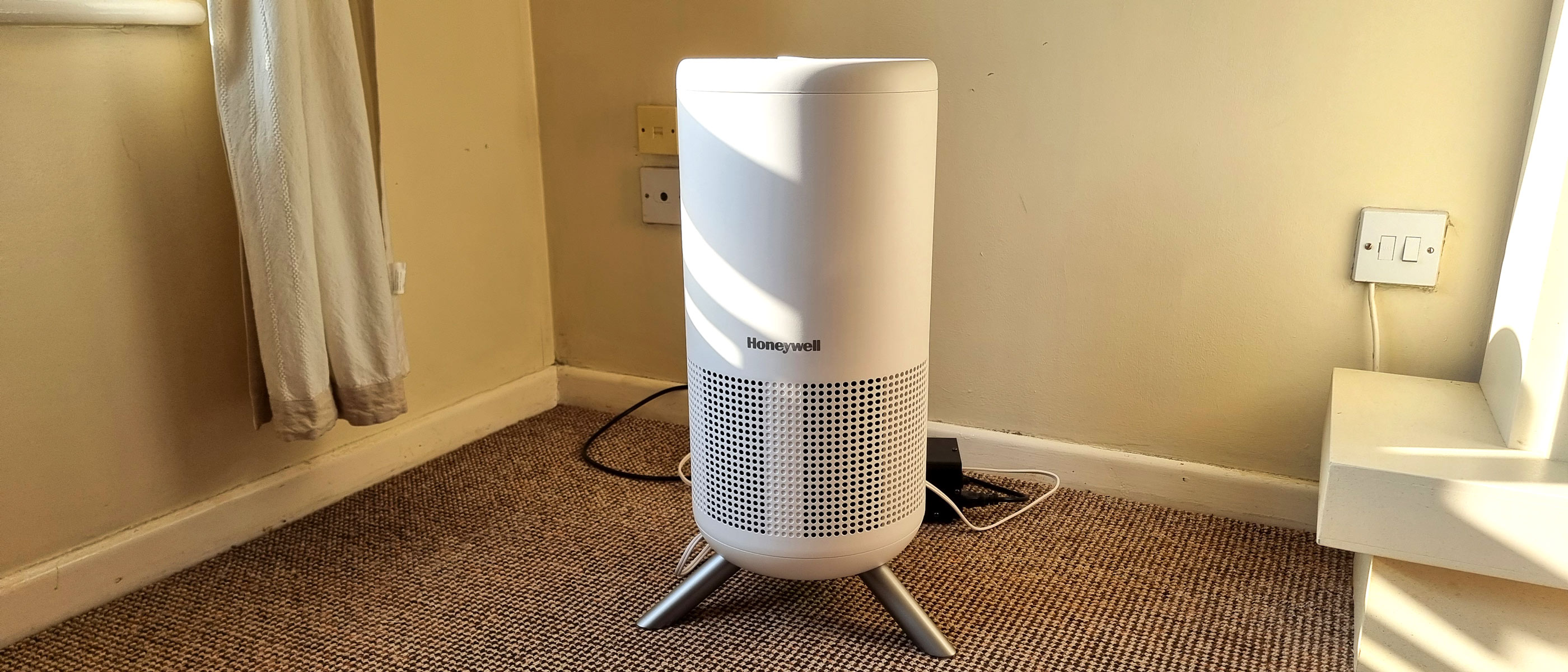US could lose its measles elimination status within months, experts say
With 45 outbreaks of measles over the past year, the United States is at risk of endemic spread within months, experts told Live Science.

The United States may lose its measles elimination status as soon as January, marking the sustained resurgence of a disease that had been eliminated from the country 25 years ago.
On Nov. 10, Canada lost its measles elimination status, after the Pan American Health Organization concluded that the country's recent measles outbreaks were connected and represented ongoing transmission lasting more than 12 months. Measles is considered eliminated in a country or region only when there are no outbreaks lasting longer than a year. Thus, to maintain "elimination status," any introductions of the disease from travel must be quashed before 12 consecutive months of spread.
A large measles outbreak in West Texas began in January 2025 and has since ended — but while it was raging, it may have sparked cases in Arizona and Utah, where ongoing outbreaks are still occurring. If public health officials find enough evidence linking these outbreaks, the United States will likely see its measles elimination status vanish in January 2026.
"We still don't know how the determination will come up in January," said Dr. Diego Hijano, an infectious-disease specialist at St. Jude Children Research Hospital. "But it's likely, as they look at the cases that started off in Texas and have continued to spread, that they will think there have been 12 months of cases coming from that area."
Measles elimination is a cherished goal for public health. The disease, marked by a high fever and dramatic red rash, is miserable at baseline, but it can also have fatal complications, including pneumonia and brain swelling. According to the Centers for Disease Control and Prevention (CDC), 1 to 3 of every 1,000 children who catch measles die in this acute phase of the infection.
For survivors, measles can have long-term health consequences, including immune "amnesia" that leaves them prone to other illnesses. And about 7 to 11 survivors out of every 100,000 people infected face a fatal long-term complication called subacute sclerosing panencephalitis, a degenerative nervous system disease that arises years after the measles infection.
Two doses of the measles, mumps and rubella (MMR) vaccine reduce the chance of catching measles by 97%, according to the American Academy of Pediatrics. Because measles is one of the world's most transmissible infectious diseases, however, eliminating it requires high levels of vaccination. In a population without immunity, one person with measles can infect between 12 and 18 others. To snuff out an outbreak, you must bring that number down to less than 1, meaning about 95% of the population needs to be protected via vaccination or immunity from a prior infection, Hijano told Live Science.
Get the world’s most fascinating discoveries delivered straight to your inbox.
Nationally, 92.5% of kindergartners are up-to-date on their MMR vaccines, according to the CDC data from 2024-2025 school year. This number is even lower in some areas and communities, such as the largely Mennonite community in West Texas. These clusters of low vaccination coverage not only represent people at risk of catching measles personally but also pose a challenge for public health responders trying to contain outbreaks, said Amy Winter, a demographer and infectious-disease epidemiology researcher at the University of Georgia.

"It's just much harder in terms of personnel going out and doing case investigations," Winter told Live Science. Because so many people are susceptible in these communities, public health officials may have a harder time cataloging an infected person's contacts and encouraging them to isolate or to receive a post-exposure vaccine, which can prevent or reduce the severity of a measles infection.
"If you can't stop a transmission chain within 12 months," Winter said, "it really signals the idea that we don't have control of this pathogen."
The U.S. has seen 45 measles outbreaks and 1,723 confirmed cases in 2025, according to CDC data covering up to Nov. 12. To determine if any of these outbreaks are connected, indicating ongoing transmission, public health officials investigate each case, looking for times and places when infected individuals may have overlapped with others who caught the disease.
They also do genetic testing to determine whether the measles strains behind the cases are related or whether the infection came from a separate introduction. Most travel-related cases occur when a susceptible U.S. resident travels abroad to an area where measles is endemic, Winter said.
This week, public health officials said in a call between federal and state agencies that the West Texas outbreaks were linked to the ongoing Utah and Arizona outbreaks, The New York Times reported. If those findings hold, the U.S. will lose its status in January unless the Arizona and Utah outbreaks end without further transmission.
Of the confirmed U.S. cases so far this year, 92% have been in unvaccinated individuals and another 4% happened in individuals who have had only their first MMR dose. The recommended MMR dosing schedule is to get the first dose at age 1 and the second between age 4 and 6. To get a handle on measles again, Hijano said, the U.S. will have to boost its nationwide vaccination rate back to above 95%.
"As long as we don't have that high rate of immunizations," he said, "there will always be cases of measles that come from another country or another area that will find a place to spread."
This article is for informational purposes only and is not meant to offer medical advice.

Stephanie Pappas is a contributing writer for Live Science, covering topics ranging from geoscience to archaeology to the human brain and behavior. She was previously a senior writer for Live Science but is now a freelancer based in Denver, Colorado, and regularly contributes to Scientific American and The Monitor, the monthly magazine of the American Psychological Association. Stephanie received a bachelor's degree in psychology from the University of South Carolina and a graduate certificate in science communication from the University of California, Santa Cruz.
You must confirm your public display name before commenting
Please logout and then login again, you will then be prompted to enter your display name.
